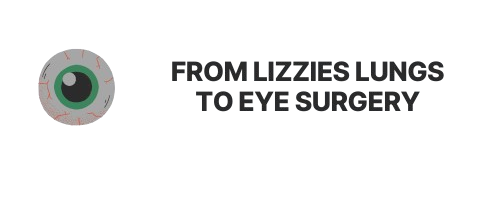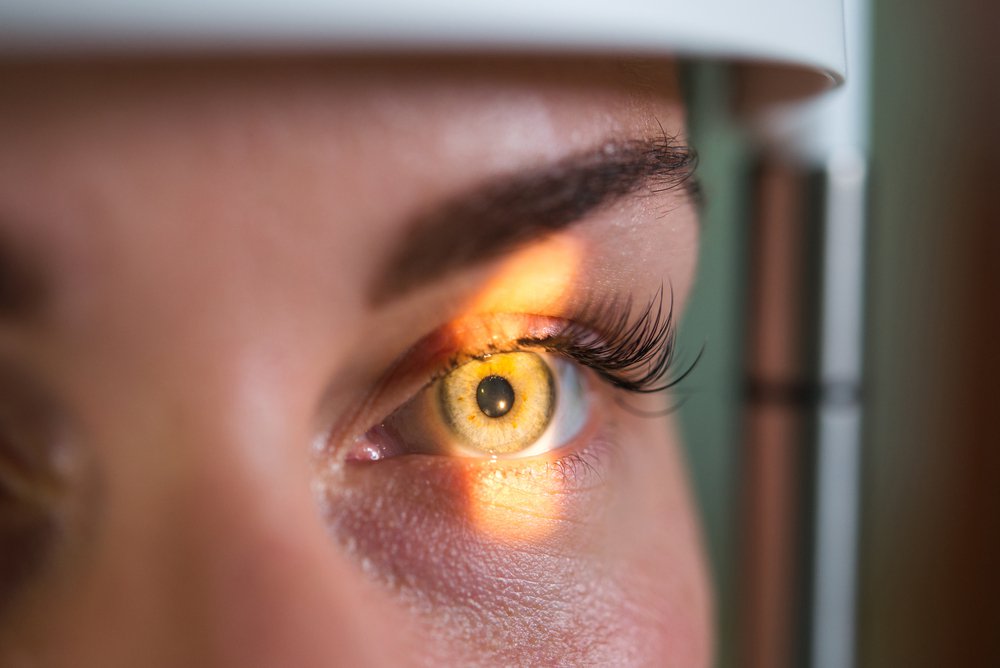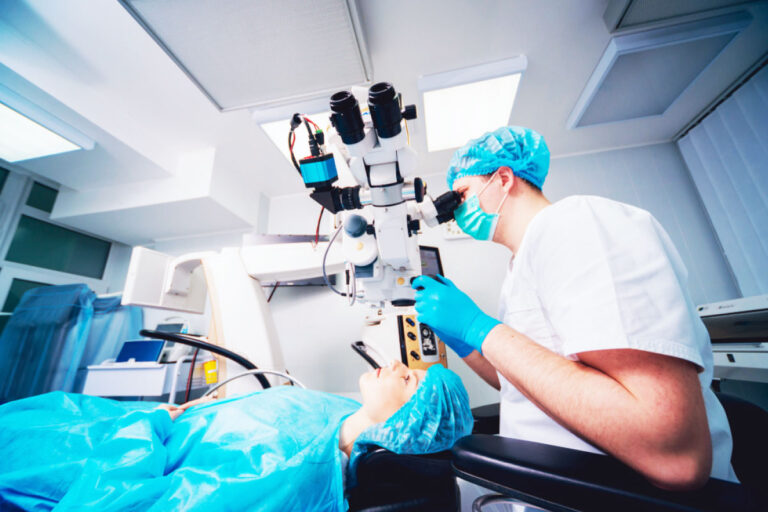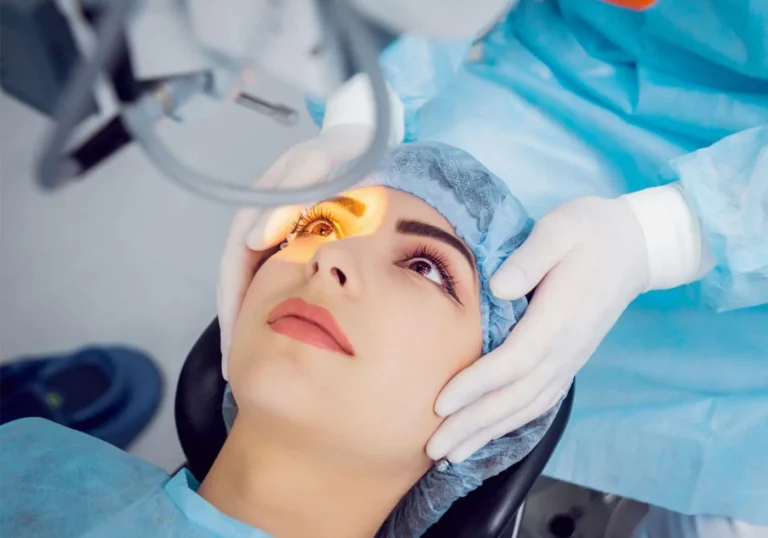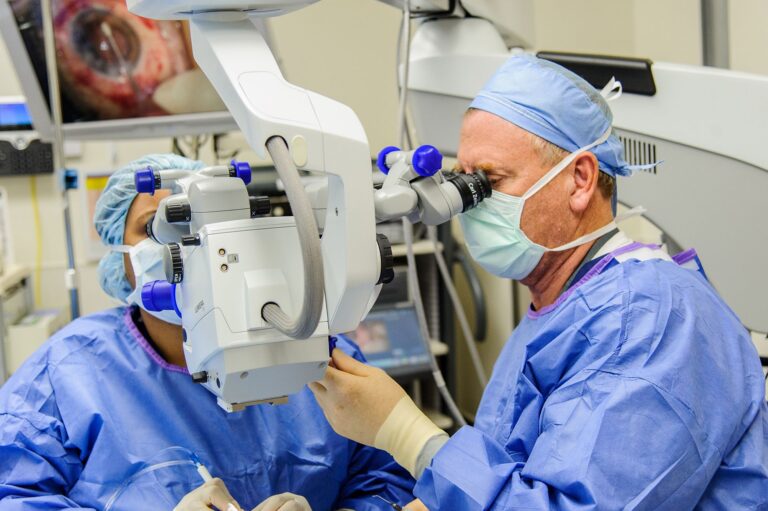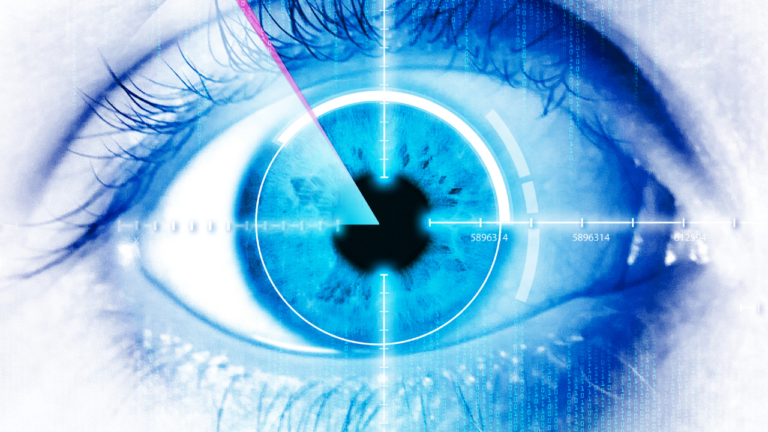Behind the Laser: What Your Eye Surgeon Wants You to Know
Imagine waking up, opening your eyes, and seeing the world in sharp detail—no glasses on your nightstand, no contact lenses in your eyes. That’s the promise of laser eye surgery, and it’s a life-changing one for many people.
But behind every successful LASIK procedure is more than just advanced technology—it’s years of research, careful planning, and your surgeon’s quiet commitment to your vision and safety. If your eyes could talk to your doctor before surgery, here’s what they’d likely hear.
Why It’s More Than Convenience
Say Goodbye to Glasses and Contacts
Laser eye surgery isn’t just about ditching your specs. It’s about reclaiming time and freedom. Imagine playing sports without worrying about broken glasses or traveling without packing contact lens solution. Your world becomes a little less cluttered—and a lot more flexible.
See more: Why You Should Never Settle: Finding the Best CPAP Mask for You
Confidence Gets a Boost
From makeup routines to fashion choices, many people feel more like themselves without glasses. One patient once said, “I didn’t realize how much I hid behind my frames until they were gone.” Whether it’s taking selfies without reflections or swimming without fear of losing a lens, small changes build lasting confidence.
It Adds Up Financially
Let’s do some quick math: glasses ($200–$500 every couple of years), contact lenses ($300–$600 annually), and eye exams—over 10 years, that adds up to several thousand dollars. Laser eye surgery is a one-time investment with long-term savings.
Life After the Surgery: Small Wins, Big Changes
Waking Up to Clarity
Many patients say the same thing: “The first morning I woke up and could see the clock—without reaching for anything—was unforgettable.” It’s a little moment, but it symbolizes a major transformation.
Simple Joys Become Easier
- Reading street signs while driving.
- Watching movies without adjusting lenses.
- Doing yoga without glasses sliding down your nose.
The everyday moments become smoother. You’re not constantly thinking about your vision—you’re just living your life.
Mental Relief You Didn’t Expect
Laser eye surgery doesn’t just clear your vision—it clears your mind. No more stressing over prescriptions, forgetting lens cases, or avoiding water parks. For many, it means less stress and a more spontaneous lifestyle.

How It Works: The Technology and Safety Behind the Procedure
A Quick and Painless Process
The actual LASIK procedure often takes less than 15 minutes for both eyes. Here’s the simple breakdown:
- You’re awake but comfortable.
- Your surgeon uses a precise laser to create a thin flap on the cornea.
- A second laser reshapes the cornea to correct how light enters your eye.
- The flap is gently placed back like a natural bandage.
Most people say they feel only slight pressure and no pain. You rest briefly, then head home—often seeing noticeably clearer within hours.
Decades of Safety Data
Laser eye surgery isn’t new. It’s been performed for over 30 years, with millions of success stories. Modern lasers track your eye movements in real time, adjusting instantly if needed. It’s one of the most refined procedures in modern medicine.
When It’s the Right Time to Consider Surgery
Who Makes a Good Candidate?
You’re likely a good candidate if you:
- Are 18 years or older (most ideal between 25–40)
- Have had stable vision for at least one year
- Have common refractive issues like nearsightedness, farsightedness, or astigmatism
- Are generally in good eye health
A thorough consultation is key. Your surgeon will measure your corneal thickness, check your tear film, and evaluate your lifestyle to ensure it’s the right fit.
Why Timing Matters
Many people wait too long, assuming they’ll “do it someday.” But the earlier you have the procedure, the more years you have to enjoy clear, glasses-free vision. It’s not just about correcting your sight—it’s about improving your quality of life for years to come.
What Your Surgeon Wishes You Knew About the Risks
There’s No One-Size-Fits-All
Not everyone is a candidate. That’s why the consultation is so important. Some people may have thin corneas, dry eyes, or other conditions that make surgery less ideal. Your surgeon isn’t just saying “no” to be cautious—they’re protecting your long-term vision.
Side Effects Are Usually Temporary
Most patients experience:
- Mild dryness
- Light sensitivity
- Slight halos around lights at night
These effects often fade within weeks. Rare complications like infection or vision regression can happen but are extremely uncommon when you follow aftercare instructions closely.
What Happens After the Procedure?
Healing Is Surprisingly Quick
You’ll rest the day of the surgery and likely return to most activities within 24–48 hours. Some people go back to work the next day.
- No rubbing your eyes for a week.
- Use prescribed drops to keep your eyes moist and infection-free.
- Follow up appointments ensure everything’s healing well.
Most people reach full visual clarity in a few days to a few weeks.
Follow-Up Matters
Even if your vision improves quickly, don’t skip checkups. Your surgeon tracks healing progress and makes sure your results are stable. It’s a partnership—your job is to follow advice, and theirs is to guide your recovery.
Conclusion: What Clear Vision Really Means
Laser eye surgery is about more than a clear line on an eye chart. It’s about freedom, ease, and reclaiming your day-to-day life. From the first morning you wake up and don’t need to reach for your glasses, everything changes.
Behind every successful surgery is a team of professionals who care deeply about your safety, comfort, and outcome. Your surgeon’s goal isn’t just to improve your vision—it’s to improve your life.
If you’ve ever wondered what it would be like to live without glasses or contacts, maybe it’s time to stop wondering and start asking. Book a consultation. Ask questions. See if you’re a candidate.
Because behind the laser is not just science—it’s the chance to see your world in full, brilliant focus.
4o
